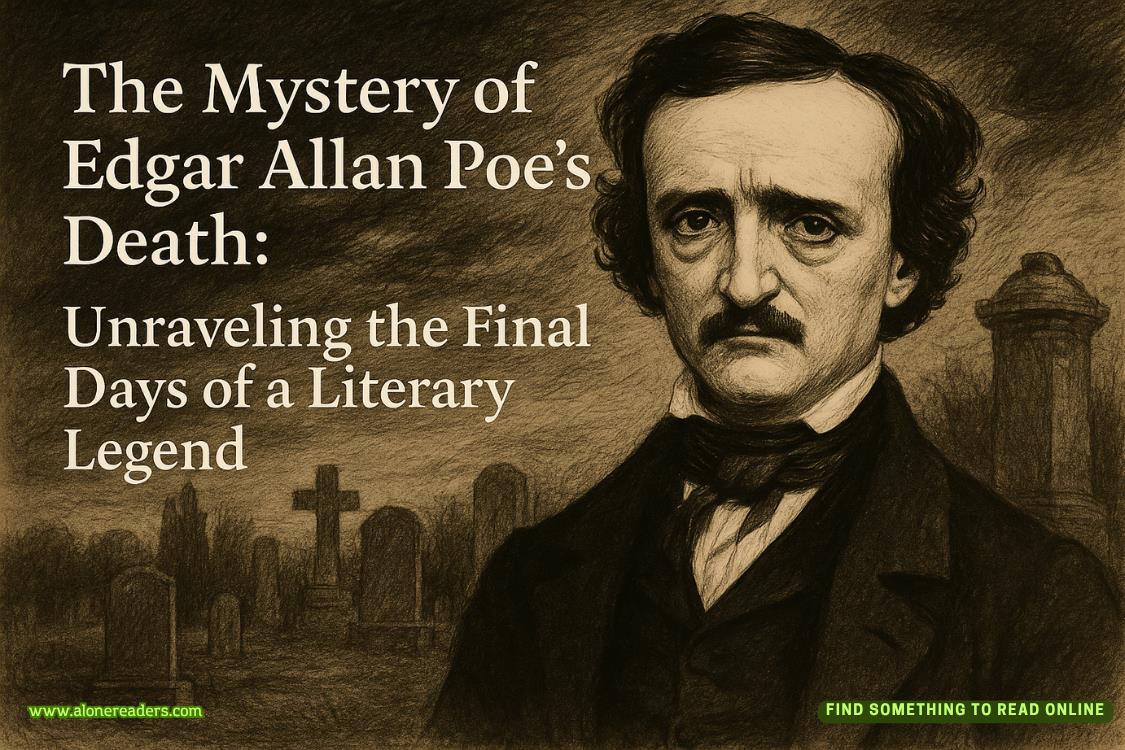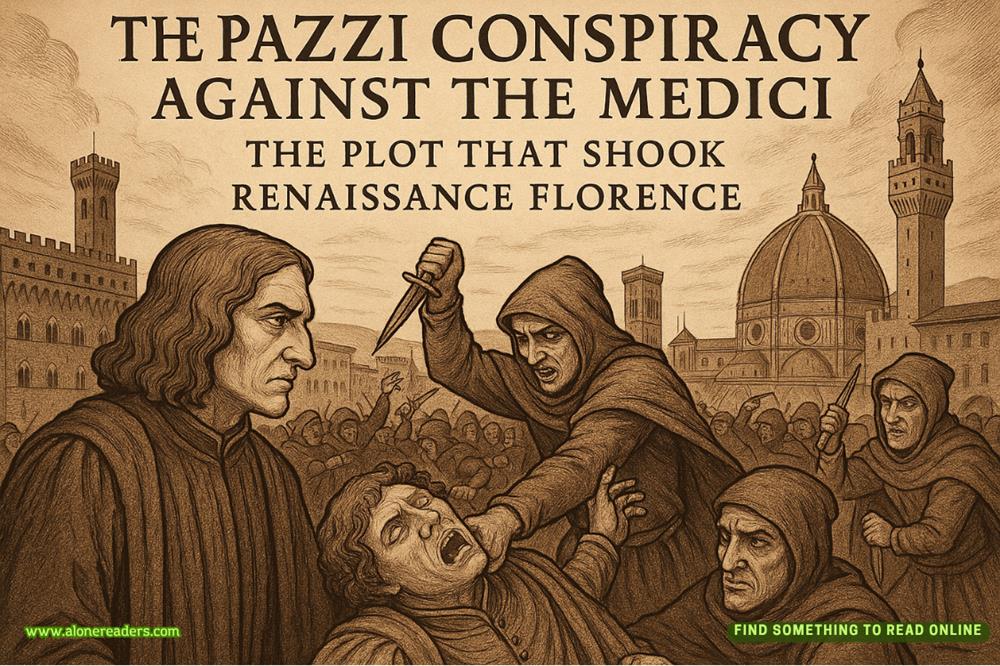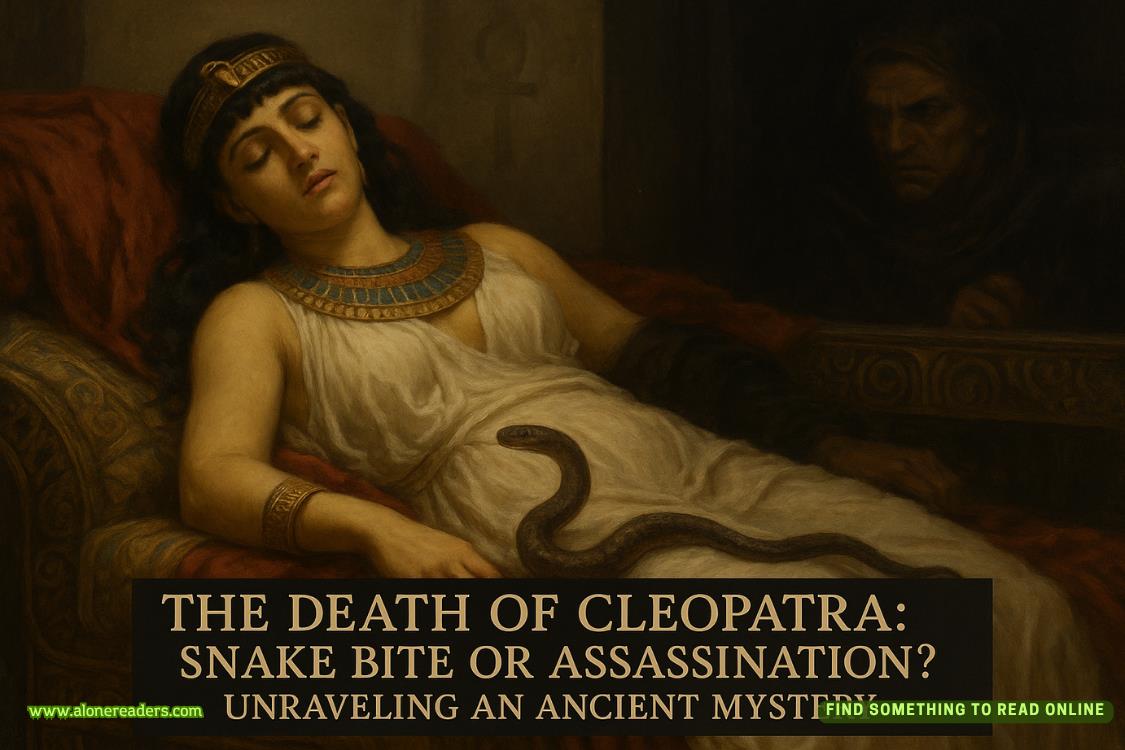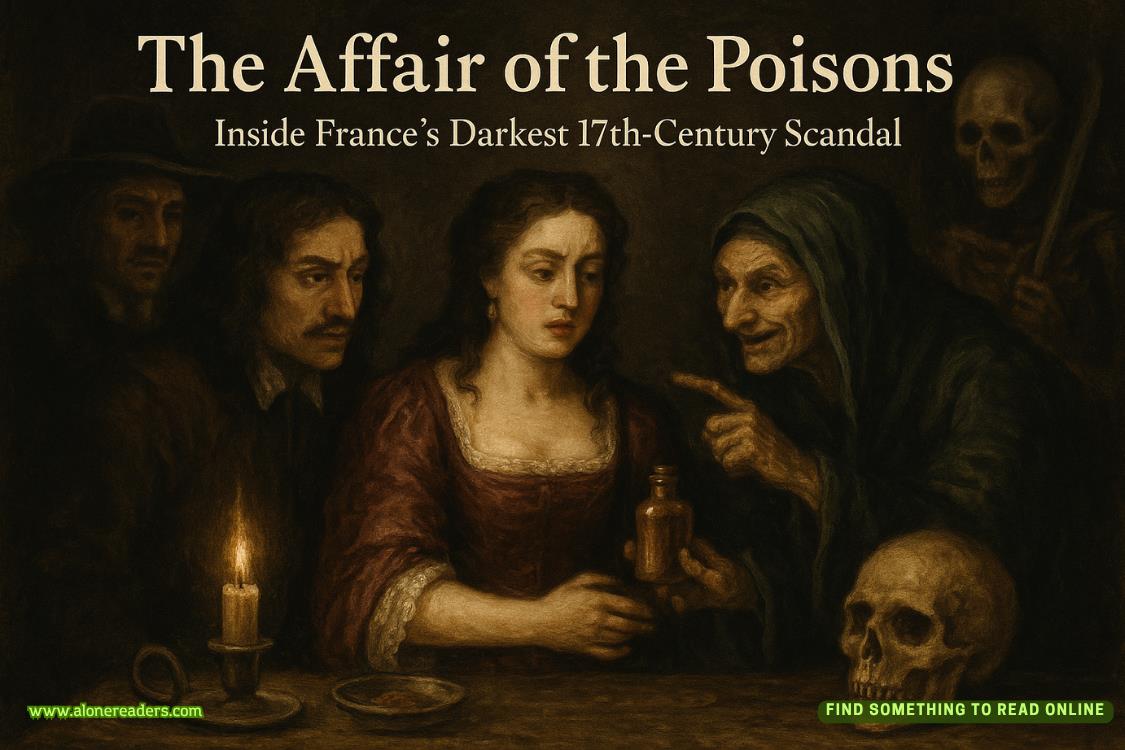Towards evening, the Spanish sailors observed the shoal water and menacing black rocks of the dangerous reef called Eddystone, and veered away to avoid it. The famous hazard was due south of Plymouth. Soon afterwards, a few distant sails in the east, reflecting back the evening sun, gave Rollo his first heart-rending sight of the English fleet.
Medina Sidonia ordered the armada to anchor, to ensure that his ships remained to windward of the English. There would surely be battle tomorrow, and he did not want to give the enemy an advantage.
Few men slept aboard theSan Martinthat night. They sharpened their weapons, checked and re-checked their pistols and powder flasks, and polished their armour. The gunners stacked balls in lockers and tightened the ropes that lashed the cannons in place, then filled barrels with seawater for putting out fires. Obstacles were moved from the sides of the ships so that the carpenters could more quickly reach holes in the hull to repair them.
The moon rose at two a.m. Rollo was on deck, and he stared into the distance, looking for the English navy, but saw only vague shapes that might have been mist. He said prayers for the armada and for himself, so that he might survive tomorrow’s battle and live long enough to become bishop of Kingsbridge.
The summer dawn came early, and confirmed that there were five English ships ahead. But as daylight brightened, Rollo looked back and suffered a frightening shock. The English navy wasbehindthe armada. How the devil had that happened?
The five ships in front must have been decoys. The main body had somehow tacked around the armada, defying the wind, and now stood in the position of advantage, ready to do battle.
The Spanish sailors were astonished. No one had realized that the lower, narrower new design of English ships made such a difference to their manoeuvrability. Rollo was disheartened. What a setback – and so early in the battle!
To the north, he could see the last of the English fleet making its way along the coast to join the rest, with painfully short tacks to the south and north in the narrow passage available. To Rollo’s astonishment, when the leading vessel reached the southernmost point of its zigzag, it opened fire on the northern flank of the armada. It emptied its cannons then quickly tacked north again. None of the Spanish ships was hit, so the English had wasted their ammunition; but the Spanish were doubly amazed, first by the seamanship then by the audacity of the English captain.
And the first shots of the battle had been fired.
Medina Sidonia commanded the gun-and-flag combination signal for the armada to come into battle order.
*
IT WAS THE TURNof the English to be astonished. The Spanish ships, heading east away from Howard’s fleet, moved into defensive formation with a precision that no English navy had ever achieved. As if guided by a divine hand, they formed a perfect curve several miles across, like a crescent moon with its horns pointed menacingly back at the English.
Ned Willard watched from the deck of theArk Royal. Ned was Walsingham’s man on the flagship. TheArkwas a four-masted galleon a little over a hundred feet long. The explorer Sir Walter Raleigh had built it, then sold it to Queen Elizabeth, though the parsimonious queen had not paid him but instead had deducted five thousand pounds from the money she said he owed her. The ship was heavily armed, with thirty-two cannons ranged on two gun decks and a forecastle. Ned did not have a cabin to himself, but he did have the luxury of a bunk in a room with four other men. The sailors slept on the decks, and the crew of three hundred plus more than a hundred soldiers struggled to find places on a ship only thirty-seven feet across at its widest point.
Watching the near-magical Spanish manoeuvre, Ned observed that the supply ships were in the middle and the fighting galleons either front-and-centre or at the tips. He saw at once that the English could only strike at the horns of the crescent, for any vessel entering within the curve would be vulnerable to attack from behind, with the wind taken from its sails. Every vessel but the last was guarded by the one behind. It was a carefully thought-out formation.
The Spanish armada unnerved Ned in other ways. The ships gleamed with paint in bright colours, and even from a distance he could see that the men on deck were all in their best finery, doublets and hose in crimson, royal blue, purple and gold. Even the slaves at the oars of the galleasses wore bright red jackets. What kind of people dressed for war as if they were going to a party? On the English ships, only the noblemen wore fancy clothes. Even commanders such as Drake and Hawkins had drab workaday woollen hose and leather jerkins.
Lord Howard stood on the poop deck of theArk, an elevated position behind the mainmast from which he could see most of his ships and the enemy too. Ned stood close to him. Behind them the English fleet formed an unimpressively ragged line.
Ned noticed a sailor spreading sawdust on the main deck, and it took him a moment to figure out that this was to prevent the wood becoming slippery with blood.
Howard barked a command, and theArkled the fleet into battle.
Howard headed for the northern horn of the crescent. Far to the south, Drake’s shipRevengechased the opposite tip.
TheArkcame up behind the rearmost Spanish ship, a mighty galleon that Howard thought must be theRata Coronada. As theArkbegan to cross the stern of theRata, the Spanish captain turned so that the two vessels passed broadside to broadside. They fired all their guns as they did so.
The boom of the cannons at close quarters was like a blow, Ned found, and the smoke from all that gunpowder was worse than fog; but, when the wind cleared the view, he saw that neither ship had scored any hits. Howard knew that the Spanish wanted nothing more than to get close enough to board, and in taking care to avoid this disaster he had kept too great a distance to do any damage. The Spanish fire, from heavier, shorter-range guns, was equally harmless.
Ned had experienced his first skirmish at sea, and nothing had happened.
The ships following behind theArknow attacked theRataand three or four galleons close to it, but with little effect. Some of the English fire damaged the rigging of enemy ships, but no serious harm was done on either side.
Looking south, Ned could see that Drake’s attack on the southern horn was having a similar result.
The battle moved eastward until the Spanish had lost all opportunity of attacking Plymouth, and with this objective achieved, the English withdrew.
However, it was a small gain, Ned thought gloomily. The armada was proceeding, more or less undamaged, towards its rendezvous with the Spanish army of the Netherlands at Dunkirk. The danger to England was undiminished.
*
ROLLO FELT MOREoptimistic every day that week.
The armada sailed majestically eastwards, chased and harried by the English navy, but it was not stopped nor seriously delayed. A dog snapping at the feet of a carthorse can be a nuisance, but sooner or later it will get kicked in the head. The Spanish lost two ships in accidents and Drake, to no one’s surprise, deserted his post long enough to capture one of them, a valuable galleon, theRosario. But the armada was unstoppable.
On Saturday 6 August, Rollo looked ahead over the bowsprit of theSan Martinand saw the familiar outline of the French port of Calais.















